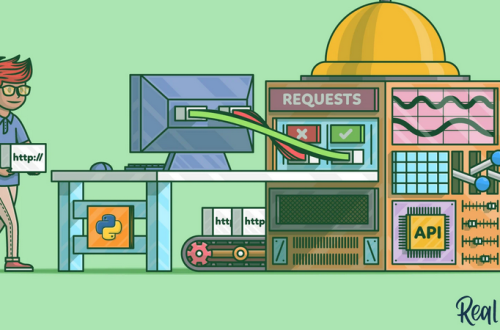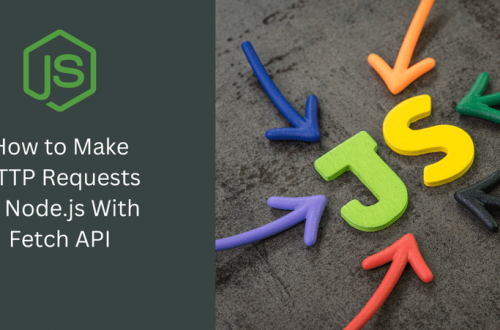In this section, we learned about using the Backend for Frontend (BFF) design pattern to front a micro e-commerce web application. We discussed layering APIs and the advantages and disadvantages of a two-layer design. We autogenerated strongly typed HTTP clients using Refit, managed a shopping cart, and fetched the catalog from the BFF. We learned how to use a BFF to reduce complexity by moving domain logic from the frontend to the backend by implementing multiple Gateway patterns.Here are a few benefits that we explored:
- The BFF pattern can significantly simplify the interaction between frontend and backend systems. It provides a layer of abstraction that can reduce the complexity of using low-level atomic APIs. It separates generic and domain-specific functionalities and promotes cleaner, more modular code.
- A BFF can act as a gateway that routes specific requests to relevant services, reducing the work the frontend has to perform. It can also serve as an aggregation gateway, gathering data from various services into a unified response. This process can simplify frontend development by reducing the complexity of the frontend and the number of separate calls the frontend must make. It can also reduce the payload size transported between the frontend and backend.
- Each BFF is tailored to a specific client, optimizing the frontend interaction.
- A BFF can handle issues in one domain without affecting the low-level APIs or the other applications, thus providing easier maintenance.
- A BFF can implement security logic, such as specific domain-oriented authentication and authorization rules.
Despite these benefits, using a BFF may also increase complexity and introduce potential performance overhead. Using a BFF is no different than any other pattern and must be counter-balanced and adapted to the specific needs of a project.Next, we revisit CQRS on a distributed scale.

